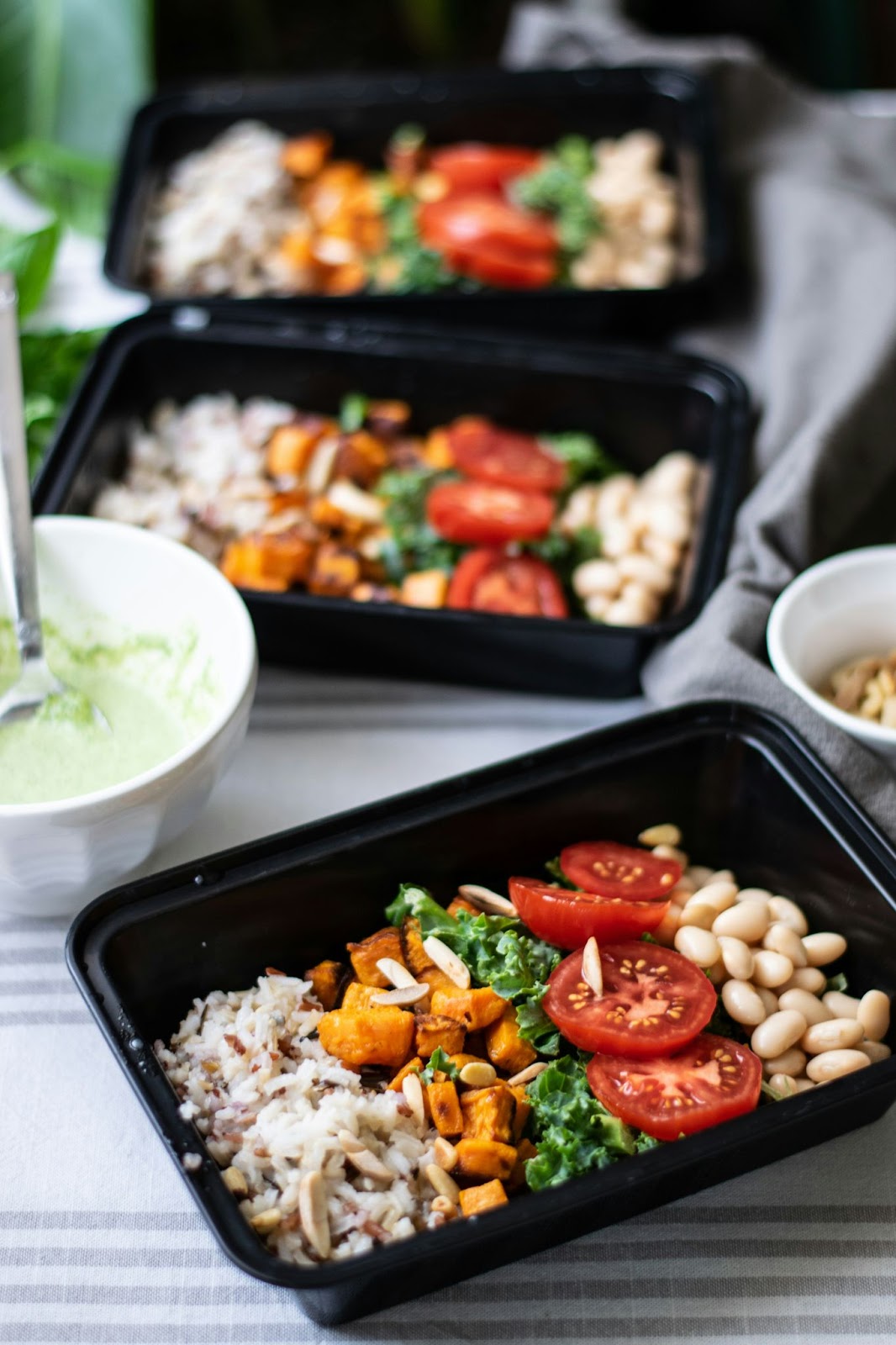Running a profitable meal prep business requires more than great recipes—it relies on precise control of costs, strong customer retention, and scalable operations. At the middle of the funnel, most entrepreneurs know the market opportunity exists. What they need are the hard numbers and benchmarks to validate profitability and guide decision-making.
This guide is built to answer that need. By consolidating industry research, financial ratios, and benchmark data, you'll have the clarity to model your own business with confidence.
The short answer: yes—meal prep businesses can earn consistent profit margins of 10–20% when operated with strong financial discipline.
But profitability isn't automatic. To succeed, operators must manage prime cost, balance their acquisition cost vs. lifetime value, and avoid hidden overheads like packaging waste and delivery inefficiencies.
The path to profit comes down to knowing—and tracking—the right numbers.

Here are the industry benchmarks every operator should measure against:
Key takeaway: Prime cost is the most critical because it sets baseline profitability. If your food + labor consistently exceeds 65%, scaling will only magnify losses.
Prime cost is the combination of food and labor—your two largest expenses. In meal prep, managing these correctly defines your margin potential.
Prime Cost % = (Food Cost + Labor Cost) / Total Revenue
Keep prime cost under 65%. Most successful meal prep businesses aim for 60% or less.
Prime Cost % = (12,000 + 10,000) ÷ 35,000 = 62.8% (healthy zone)
CAC measures how much you spend to get one paying customer. For meal prep, typical CAC falls between $30–$60 depending on your marketing mix (ads, referrals, influencers, or local events).
LTV = Average Order Value × Orders per Customer × Retention Span
Well-optimized businesses achieve $450–$1,200+ LTV.
Example: $45 AOV × 2 orders/month × 6-month retention = $540 LTV.
Meal prep businesses typically see 10–15% monthly churn. Reducing churn even slightly can double customer value.

Most competitors understate the impact of hidden operational costs. Here's what actually eats into meal prep profits:
Pro tip: Audit hidden costs quarterly. Many businesses regain 5–10% margin purely through waste and packaging efficiency improvements.
Let's model a 50-customer meal prep business as an example.
Total Costs = $8,000 → Net Profit = $2,000 (20% margin)
Now adjust: Increase AOV to $55 and cut churn by 5%. Profit margin can rise above 25%.

Aim for 55–70% gross margin. Anything below 50% suggests food, labor, or delivery inefficiencies.
Use the LTV:CAC ratio. Healthy businesses maintain 3:1, meaning each customer delivers 3x what it costs to acquire them.
Packaging, delivery, and waste—all can silently drain profitability if ignored.
A lean startup can achieve 10–20% net margins, with profits ranging from $1,500 to $5,000 monthly once past the customer acquisition hump.
Meal prep businesses are profitable when founded on financial discipline. The key benchmarks—CAC under $60, prime costs under 65%, churn under 15%, and gross margin of 55–70%—are non-negotiables for success.
Bottle exists to help you hit these numbers faster. Operators who consolidate their order flow, CRM, and marketing under our platform typically save over 20 hours per week and reduce overhead by up to 80% compared to generic marketplaces.
If you're ready to model your growth and future-proof your margins, connect with us today and see how Bottle supports meal prep businesses like yours.
Key Takeaway: Profitability isn't about hustle—it's about numbers. Track the right benchmarks, and you'll transform your meal prep idea into a sustainable, scalable business.
Book your free strategy session with a meal prep growth advisor. We’ll discuss:



Book a call with a Bottle Meal Prep Advisor